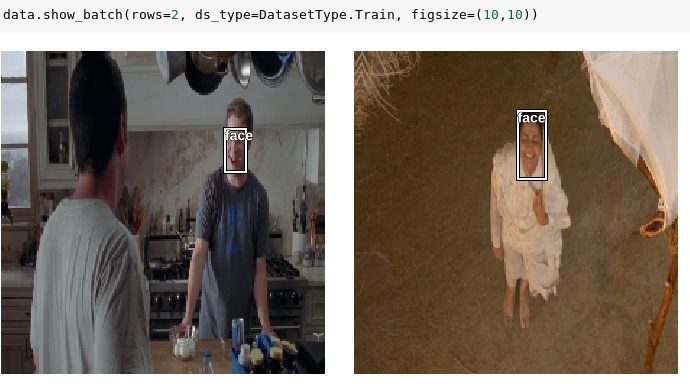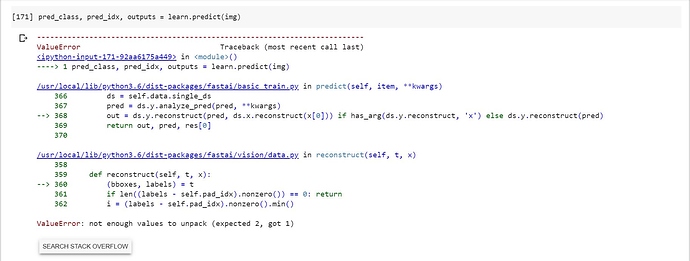Hi everyone,
I would like to have a working notebook with Object Detection.
I am building one but I found many issues both on reading data and on running fit on it.
Since I had these problems I read many posts both on the forum and outside… And I tried to execute the only official example I found: here which uses COCO dataset. Unfortunately it only covers databunch creation but doesn’t go on with model creation and execution. In fact, if I try to run the example but I have the same issues as on my notebook.
I think the issues rises because the metrics or the loss function are not appropriate…
I tried to follow this notebook which I found very interesting, but I am not able to get it working neither on COCO dataset nor on mine.
I both tried with only one BBox or multi-bbox for each image, both with long/float coords… but I still have this error:
The size of tensor a must match the size of tensor b at non-singleton dimension…
Can someone share some notes on how to have a model running on an object detection dataset?
 (and the handle of Sylvain is sgugger)
(and the handle of Sylvain is sgugger) but it could be useful.
but it could be useful.

